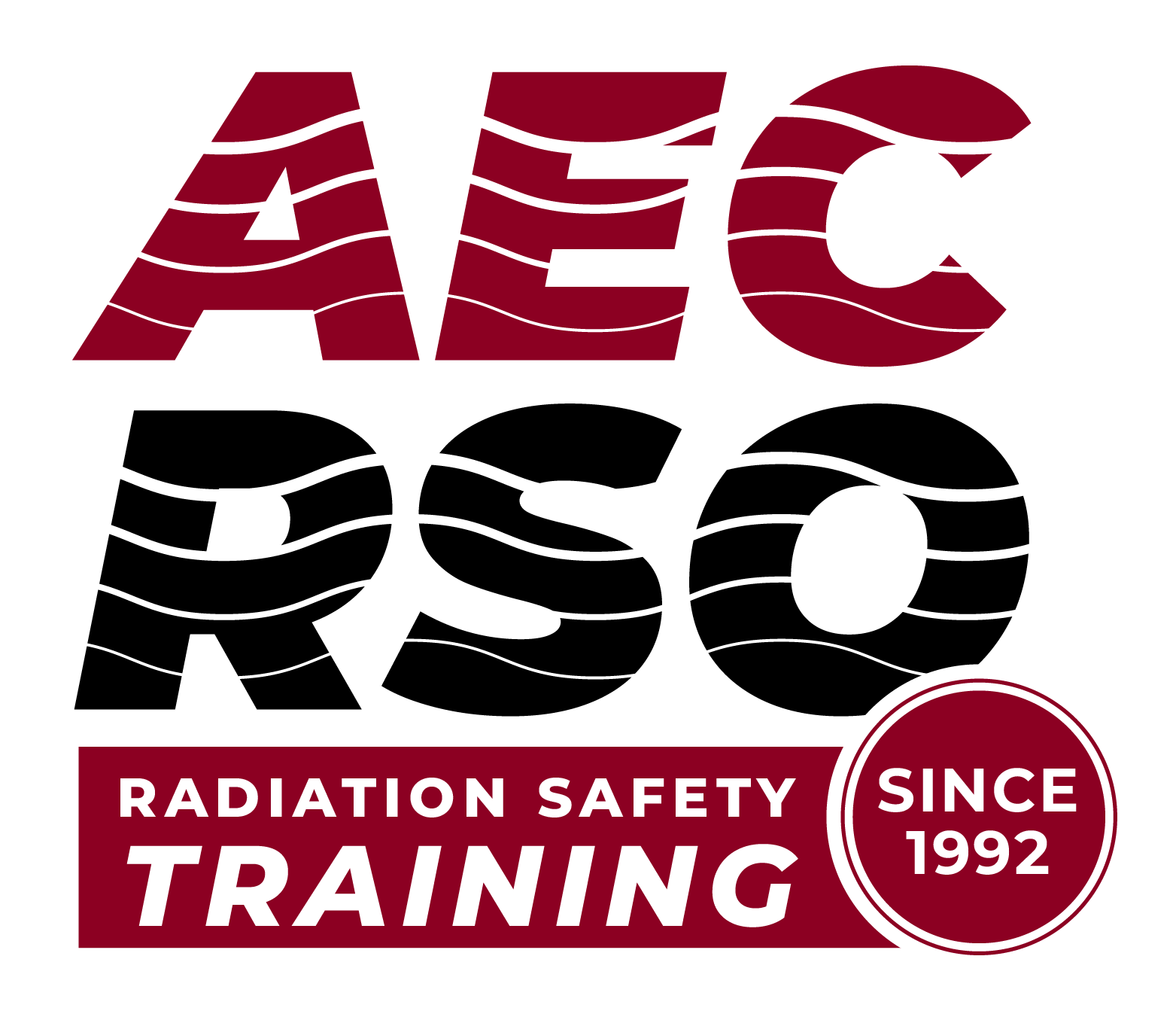TOPIC 10: Transportation
Let’s explore procedures of transportation.
—
Specific licensees are required to have company personnel that are USDOT HAZMAT trained in shipping and receiving radioactive materials that is on their license.
This specific training does not give a global certification in receiving hazardous materials Shipping & Receiving personnel in a company are NOT authorized to sign for hazardous materials if they are not trained for that specific hazard.
—
USDOT 49 CFR, Subpart H requires refresher training every 3 years if shipping by ground or every two years is shipping by air or FEDEX.
—
The Agreement States can inspect for USDOT shipments since they have adopted the USDOT regulations as their own.
—
The package is considered the radioactive materials and the packaging it is contained in.
In the case of the gauge, the radioactive source, that is inside the gauge, would be the “contents”. The gauge itself, once it is locked and secured, would become the package.
Then, once the gauge is bolted to a pallet with shipping labels and markings, it is all considered the package.
—
- General Licensees cannot transport nuclear fixed gauges.
- They must be transported by the manufacturer or someone specifically licensed to do so.
—
- Excepted Quantity are exempt from specific requirements for shipping papers or packaging.
- Only requirement is that the radiation levels must be <0.5 mrem/hr for the duration of the shipment.
—
A Gauge is its own Type 7A package. Shutter must be closed and locked.
What do we do with the keys to the lock(s)?
1.Send them with the shipment
2.Keep and mail separately
3.Throw them away
4.Ask the recipient if they want the key(s)
Assembly must be secured for transport.
—
Type A packages are packages that have undergone testing for containment of the contents in the event of an accident.
We have three different types of labels are for type A packages.
The White I, the YELLOW II and YELLOW III labels can be purchaser commercially but cannot be altered.
A label must be placed on two different sides of the package.
—
Remember the Transport Index has no units and is rounded to the next highest tenth. So, if we have a radiation level of 0.52 mR/hour at one meter, that is rounded UP to 0.6. So, our TI is 0.6 and we would require a Yellow II label. The TI is written in the TI box on the label.
—
What is an overpack?
It allows for packaging multiple sources together. It provides additional protection for the packages during shipping.
For Gauges, since, each gauge is its own Type 7A package, multiple gauges can be bolted to a pallet and then covered with an overpack box. The overpacks allow for the gauges to be handled by the transporter with forklifts only and not by hand.
—
After the TIs are placed on each of the gauges, a new TI must be made of the entire pallet with the overpack.
What if each gauge has a TI of <1 which would classify each package to be a Yellow II; and, the TI for the entire pallet is 1?
—
WHAT ARE OUR OPTIONS?
1.Place Yellow III label on the Pallet and placard the truck; or,
2.Split the pallet into two Pallets to keep the pallet TI to be <1. This keeps it all to Yellow II labels and not placarded.
Placarding as RADIOACTIVE may add costs to the shipment.
—
Place a label stating “INNER PACKAGES COMPLY” or “OVERPACK”
On the outside of the overpack
This “marking” can be with a magic marker or a printed label
Other than the Type A label with the Transport Index and the OVERPACK marking, no other labels or markings are required.
—
Placards are required on vehicles transporting one or more packages bearing Yellow III label. There are other requirements for low specific activity shipments, but they do not apply to gauges. Placards must be on all four sides of the transport vehicle.
—
Placards can be commercially purchased but they cannot be altered. The size can vary depending on the vehicle.
—
Shipping Papers
Means the document used for billing, accountability and other day-to-day activities of transporting hazardous (radioactive) material.
There is no specific shipping paper “form” or “format” required.
—
Bill of Lading
—
The shipping papers must:
Contain the basic description plus any required additional descriptions
Proper Shipping Name (49 CFR 172.202(a)(1))
Hazard Class (49 CFR 172.202(a)(2))
Identification Number (49 CFR 172.202(a)(3))
Contain the total quantity of material
Must include the unit of measurement (49 CFR 172.202(a)(5),(c ))
Contain an emergency response telephone number.
Must be knowledgeable of hazardous characteristics.
—
Disposal
- The source may never be removed from the source holder except by an authorized technician or waste handler.
- Gauge should be cleaned, locked and secured for shipment.
—
Transportation Incidents and Response
- Isolate the area
- Review shipping papers
- Call emergency response phone number
- Contain problem (fire, spill, etc.)
—
Reuse
Gauges can be reinstalled at any time by the facility (if license authorizes).
Gauges transported within the facility are exempt from USDOT regulations.
Gauges transporting from one facility to another by the owner is authorized by the regulatory agency only under a specific license.
